Marked | JUNE 14
Despite the patriotism often espoused by German Jews and their manifold contributions to society, the Reichsbürgergesetz (“Reich Citizen Law”) of 1935 officially assigned an inferior status to Jews, declaring them to be mere “nationals” and further segregating them from the rest of the population. Over time, supplementary decrees were issued that provided the exact Nazi definition of what made a person a Jew and forced Jewish public servants into retirement. On June 14, 1938, the third such supplementary decree stipulated that Jewish-owned businesses were to be marked as such.
Anne knows better | JUNE 12
Leaving behind an increasingly antisemitic Germany, the Frank family of Frankfurt am Main fled to the Netherlands shortly after the Nazis rose to power. They settled on Merwedeplein in Amsterdam’s River Quarter, where more and more German-speaking immigrants were finding refuge. So large was the influx of Jews that some in the Dutch Jewish community were worried it would affect their standing in society and cause antisemitism. The Franks’ older daughter, Margot, went to school on Jekerstraat. Anne attended the Sixth Montessori School, a mere 5 minutes away from the family home. Fifteen of her classmates were Jewish. She loved telling and writing stories. Anne was curious, demanding, interested and very articulate. As her good friend Hanneli Goslar’s mother would say, “God knows everything, but Anne knows better.” In 1938, Anne’s father, Otto, applied for immigration visas to the United States. June 12 was her 9th birthday.
An absurd privilege | JUNE 11
The family of Therese Wiedmann (née Toffler) in Vienna was secular and very well integrated. While the Tofflers were keenly aware of the situation in Germany, no one among Therese’s relatives foresaw that so many Austrians would be so quick to welcome Hitler and abandon Austrian independence. After the “Anschluss” in March 1938 she immediately lost her job with Tiller AG. Her grandfather, until recently the president of the company, was no longer permitted to enter his office. Her father, Emil, the executive manager, was kept around for the time being, in order to familiarize the new, “Aryan” management with the company’s operations. Luckily, he had transferred part of his assets to England before the “Anschluss.” In better days, the company was deemed sufficiently Austrian to be appointed a purveyor to the royal-imperial court, for which it produced army uniforms. This passport, issued to Therese Wiedmann on June 11, 1938, contains a visa that includes “all countries of the earth” and “return to the German Reich.”
Without warning | JUNE 10
Ostensibly for traffic-related reasons, the city of Munich informed the Jewish Religious Community on June 8 that it was to sell the magnificent, centrally located Main Synagogue and the lot on which it stood for a fraction of its actual value. On June 9, the demolition of the building, which for little more than 50 years had served as the spiritual and cultural center of the Jewish Community, began. According to this June 10 report by the Jewish Telegraphic Agency, Chancellor Hitler had personally ordered the removal of the “eyesore.” Rabbi Baerwald, the spiritual leader of the community, received no more than a few hours advance warning in order to salvage the community’s most sacred objects. The recently acquired organ was passed on to a newly-built Catholic church. The loss of this building that had once been a symbol of pride, permanence, and belonging, was devastating to the Jewish Community of Munich.
Stölpchensee | JUNE 9
In 1935, the Nazi party press had orchestrated a campaign to exclude Jews from public swimming pools, citing “unpleasant incidents” or warning the public of the “danger” allegedly posed by Jews. Suddenly, signs inscribed with texts like “Jews are not permitted access to this facility” were put up almost everywhere. Stölpchensee, one of the lakes just outside Berlin, was the last public bathing spot to which Berlin Jews had access. Fritz and Friedel F. were married and lived in Berlin, where Fritz owned a lamp store. In June of 1938, their weekend cottage at Stölpchensee was still a family escape from the city and harassment.
You never write, you never call… | JUNE 8
Hans Joseph Pinkus was a direct descendant of Samuel Fränkel, founder of a textile factory in Neustadt (Upper Silesia), which for a while was the primary employer in the entire region and one of the world’s foremost producers of linens. His grandfather, Max, had been a personal friend and patron of the Nobel Prize-winning author Gerhart Hauptmann. His great-uncle, the scientist Paul Ehrlich, had been a Nobel laureate, too. Lili, Hans Joseph’s stepmother, was hardly intimidated by this pedigree. In this letter, written on June 8, 1938, she gives him a major dressing down for having neglected his correspondence with his parents and sternly inquires whether he flunked his exam in the Czech language. At this point, 16 year-old “Pipo,” as the family called him, was staying with his step-grandmother in Brünn (Brno, Czechoslovakia) and attending school there. His parents and half-sisters lived in Neustadt: the directorship of the the S. Fränkel company had been handed down to male members of the Pinkus family for several generations and was now held by his father, Hans Hubert.
Unbearable despair | JUNE 7
The Anschluss, Austria’s annexation by Nazi Germany in March 1938, precipitated a wave of anti-Jewish violence. Emboldened by their new status and by the utter defenselessness of the Jewish population, Nazis and their sympathizers entered Jewish homes and seized whatever property they liked. Jewish-run businesses were ransacked or destroyed, and Jews of all ages were forced to carry out the demeaning task of scrubbing streets to remove political slogans under the eyes of jeering onlookers. With no protection to be expected from police, a feeling of utter abandonment and hopelessness drove many Jews to take their own lives. In the first two months after the Anschluss, 218 Jews escaped the state-sanctioned cruelty by taking their own lives. The JTA’s June 7 dispatch lists the most recent suicides—including that of a family of four—and deaths at the Dachau concentration camp.
Universal humanity | JUNE 6
In his “Remarks about the Feast of Weeks,” published in the June issue of the “Jewish Community Paper for the Rhenish Palatinate Region,” Rabbi Dr. Ernst Steckelmacher of Ludwigshafen poses a real challenge to his readers. He interprets the Book of Ruth, one of the readings during the Feast of Weeks, as an example of Judaism’s emphasis on the precedence of the universal over the particular. Through Ruth, who embodies universal humanity, the book shows that goodness can be found anywhere. This was not an intuitive message at a time when the ostracism of Jews from German society forced them to turn inward. June 6, 1938, was not only the second day of Shavuot, but also the 80th birthday of Claude G. Montefiore, the President of the World Union of Progressive Judaism. Dr. Steckelmacher acknowledges this occasion and reinforces his universalist message by drawing attention to the similar sentiments of Claude Montefiore.
Jewish schools | JUNE 5
For many Jewish children, going to public school turned into hell under the Nazis. Just getting there could mean running a gauntlet of anti-Jewish slights. At school, exclusion by fellow students and teachers was the rule. In order to spare their children this ordeal, parents who could afford it sent their children to Jewish schools. Before 1933, most assimilated German Jews attended public schools. However, in the hostile climate of the Nazi regime attendance at Jewish schools grew. Dr. Elieser L. Ehrmann, a pedagogue and employee of the school department of the Reich Representation of Jews in Germany had developed curricula for teachers at Jewish schools which aimed to deepen the knowledge of Jewish holidays and the customs accompanying them and thus instill a positive Jewish identity. The excerpt shown here is from Ehrmann’s “Curriculum for the Omer and Shavuot [Feast of Weeks],” published in 1938 by the Reich Representation of Jews in Germany. That year, the first day of Shavuot fell on June 5.
Lifesaver | JUNE 4
Close to 50 years before issuing an affidavit of support for his nephew, Karl Grosser, in Vienna, Frank W. Fenner had himself immigrated to the United States from Europe. A restaurant and confectionery owner in Mendon, Michigan, he pledged to support his young relative until the 26-year-old became financially independent. Finding a sponsor was a key prerequisite for obtaining an immigration visa that was often hard to fulfill. The visa process began by registering with the nearest US consulate, at which point a number on the waiting list was assigned. The length of the list depended on the number of Jews from a given country allowed to enter the US according to the quota system that had been in place since 1924. Despite the severe refugee crisis, quotas were not raised in 1938. During the waiting period, applicants had to procure all the required documents as well as certified copies. Prospective immigrants were lucky if their documents were still valid when their numbers came up.
Left in the dark | JUNE 3
Nobody saw fit to inform the worried wives of thousands of Jewish men arrested by the Nazis about their spouses’ whereabouts and the expected period of imprisonment. Many of them decided to go to the Rossauer Lände detention facility and the central police station in order to get information on the whereabouts of their loved ones. According to this June 3 report from the Jewish Telegraphic Agency, the detainees had been taken away in overcrowded railroad cars, many of them forced to remain in uncomfortable positions for up to five hours before departure. While there were intimations that those sent to the Dachau concentration camp in Germany would be exploited as construction workers in order to enlarge the camp and subsequently be released, many had no idea where their husbands were. The author of the report sees the “extraordinary callousness with which police have withheld information” as “one of the most terrifying aspects of the situation.”
No Jews allowed | JUNE 2
In 19th century, the Central Association of German Citizens of Jewish Faith began to publish lists of spas and hotels at which Jewish guests were not welcome. Some resorts even advertised themselves as judenfrei (“free of Jews”). After World War I, the phenomenon known as Bäder-Antisemitismus (“spa antisemitism”) increased, and with the Nazi rise to power in 1933, it became official policy. By 1935, Jews had been effectively banned from the Northern German bathing resorts, and from spas in the interior of the country by 1937. It was not until the Anschluss in March 1938 that Jews were pushed out of Austrian spas as well. Bad Ischl and other locations in the Salzkammergut region were particularly popular with Jews, to the point that in 1922, the Austrian-Jewish writer Hugo Bettauer quipped that “it caused a stir when people suspected of being Aryans showed up.” In a notice from June 2, The Jewish Telegraphic Agency reports that at the behest of the Nazi commissioner in charge, Jews were to be “segregated in Jewish hotels and pensions” and were no longer permitted to attend cultural events in Bad Ischl.
Gestapo in the house | JUNE 1
Her paintings were political accusations and constituted a threat to the Nazi regime. Lea Grundig, born in 1903 as Lina Langer, was arrested with her husband, Hans, by the Dresden Gestapo on June 1, 1938, and not for the first time. The explanation given on the form was “Suspicion of subversive activity.” What was meant was her art. With picture cycles like “Under the Swastika” or “It’s the Jew’s Fault,” Grundig, who since 1933 had been barred from her profession, hauntingly documented the brutality of the persecution of Jews and communists by the Nazis. In 1935, she gave one of her paintings the portentous title, “The Gestapo in the house.”
Conflict in Palestine | MAY 19
Nothing in this May 19 Jewish Telegraphic Agency report from its Jerusalem correspondent could provide German or Austrian Jews eager to leave for safer shores with the hope that life in Palestine would grant them peace and quiet. Between Arab attacks on Jewish workers or Jewish-built infrastructure and labor unrest among unemployed Jews, the only reassuring aspect of Palestine was its distance from the epicenter of Nazi activity. Since the beginning of the Great Revolt, Arabs, British, and Jews in Palestine had been embroiled in an often violent conflict—scarcely an attraction for weary Central-European Jews eager for peace.
A letter from home | APRIL 19
For Arthur Wolf, a fervent Austrian patriot and veteran of WWI, the Nazi takeover of Austria in March meant the collapse of his world, the loss of his homeland and equal rights. Wolf was the manager of a textile factory in Tannwald (then Czechoslovakia). His Russian-born wife, Maria, had stayed behind in Austria with the couple’s son, Erich (b. 1923). Given recent events, the tone of Maria’s April 19 letter to Arthur is remarkably playful. She marvels about 15 year-old Erich’s poetry, speaks warmly about their mother-son relationship and expresses longing for Arthur, avoiding any obvious references to current events.
Aryanization | MARCH 19
After more than one hundred successful years in business, the cotton weaving mill M.S. Landauer in Augsburg announces the sale of the company. Throughout the Nazi period, as part of the program of “Aryanization”, Jews were coerced into selling their property to non-Jews, usually significantly below market value. In some cases, owners preempted official orders by selling to a trusted business associate, which did not generally help them avoid major losses. Ironically, the founder of the F.C. Ploucquet company, which now owned the plant, had been of Huguenot extraction and thus himself belonged to a community that had experienced severe persecution.
Homosexual Relations with a Jew | MARCH 5
The handsome, blond, and athletic scion of a noble family in Lower Saxony, Gottfried von Cramm had all the features sought by the Nazis for propaganda purposes. Nevertheless, the two-time winner of the French Open tennis tournament (1934 and 1936) explicitly refused to be used as a poster boy for Nazi ideology and never joined the NSDAP. After repeatedly spurning opportunities to ingratiate himself with the regime, it was another issue that got him into trouble. On March 5, 1938, von Cramm was arrested under Paragraph 175 of the German penal code, which prohibited homosexual conduct. He was alleged to have had a relationship with a Galician Jew, the actor Manasse Herbst. Reformers had nearly succeeded in overturning the statute during the Weimar republic, but the Nazis tightened it after their ascent to power.
Doing fine here in prison | FEBRUARY 19
Not wishing to leave behind the family business and hoping that the Jews’ situation would improve over time, Alfred Rahn had initially been reluctant to consider emigration. However, in 1937 the family obtained US visas and sold the business to a non-Jew. Since they had not officially approved the sale, the Nazis accused Rahn of trying to hide funds. As a result, he had to serve a 14-month prison term. From prison, Rahn writes to his wife Lilli in a matter-of-fact way about his hope to be transferred to a different section of the prison, the work imposed on him, and the books he reads. He manages to create the impression that nothing much is amiss.
Markus becomes Mischa | JANUARY 19
Markus Wolf (center in the photo above), one of the sons of the communist physician and writer Friedrich Wolf (right), was born in 1923 in Hechingen in the Swabian Alps. After the Nazi seizure of power the family initially emigrated to Switzerland, then to France, and in 1934 to the Soviet Union. The Wolf family resided at the Hotel Lux in Moscow where a large number of communist refugees from Germany had been given shelter. During the years of the Great Terror (1936–38), deeply suspicious of the foreigners, in whom it saw potential spies for the Reich, Stalin’s regime tortured and interrogated many of the German emigrants. Among the approximately 600,000 victims of the purge were 178 German communists, most of them residents of the Hotel Lux. The Wolf family survived.
Improvisation impinged | JANUARY 7
Werner Wilhelm Dambitsch was born on June 23, 1913 in Breslau (today Wroclaw, Poland). Werner was interested in music from an early age, but he had to purchase his first instrument, a saxophone, with money he had earned himself. He did this in 1932 at the age of 19 and founded with four friends the ‘Excentric [sic] Jazz Orchester’. In order to perform, the combo had to join the “Reichsverband der jüdischen Kulturbünde in Deutschland” (Reich Association of Jewish Cultural Federations) and was forced to change the name to “Erstes Jüdisches Jazz-Orchester” (First Jewish Jazz Orchestra). While the association did not guarantee steady income or employment, at least it allowed the artists to perform at events attended by Jewish audiences. This image shows Werner Dambitsch’s Kulturbund membership card.

